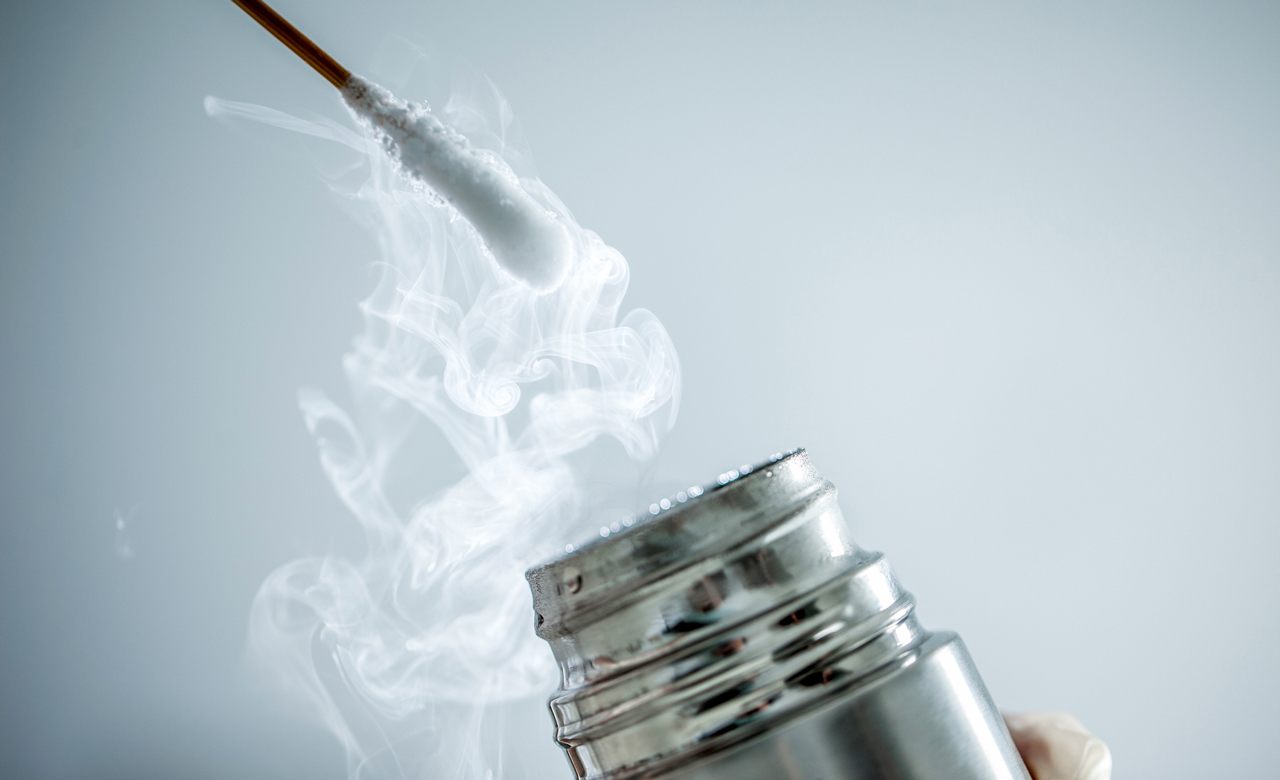Daniel L. Krinsky, RPh, MS

Warts, a common skin disorder caused by the human papillomavirus (HPV), are considered a benign condition that often resolves without treatment. Warts may affect skin and mucous membranes anywhere on the body. Common warts are typically found on the hands, while plantar warts are usually on the feet. This unique condition provides opportunities for pharmacists to recommend self-care treatments and, more importantly, to refer patients when there’s any question about the presentation of the lesion.
Treatments and therapies
Because many warts will resolve without treatment, a wait-and-see approach may be an appropriate management option for some patients. However, this approach allows continued spread because HPV infection occurs via person-to-person contact, autoinoculation, or transmission on fomites (contaminated objects or surfaces). HPV infection is limited to the epidermal tissues and does not spread systemically.
In treating warts, the goals are to 1) eliminate signs and symptoms associated with the warts, 2) remove the wart without causing scars, 3) prevent the wart from recurring, and 4) prevent spreading of warts to other areas of the body or to other persons. It’s important to remember that no treatment cures the HPV infection and that warts may recur after treatment. To ensure the best outcomes, patients must follow product instructions carefully and must consistently use measures that prevent the spread of warts.
To decrease the chances of getting warts, patients should avoid nail-biting; not go barefoot; and keep their feet clean and dry. To avoid spreading warts from one part of the body to another, patients should not cut, shave, or pick at warts. In addition, patients should wash hands before and after treating or touching warts and use a single specific towel to dry wart-affected areas, taking care to avoid touching skin on other areas of the body with the same towel.
Nonprescription therapy options such as salicylic acid (SA) or cryotherapy are indicated for use on common or plantar warts. Directions for use of nonprescription SA and cryotherapy products should be followed carefully to prevent injury to healthy tissue surrounding the wart. These products should not be used to treat warts on the face, mucous membranes, breasts, or genitals; in the armpits; or around fingernails.
Topical SA is a mainstay in wart treatment. Plantar warts should be treated with higher concentrations of SA (40%), while warts on the hands or areas with thinner epidermis can be treated with lower concentrations (17%). When using SA products, patients should see improvement within 1 to 2 weeks of beginning treatment. The wart should completely clear within 6 to 12 weeks, and self-treatment should not continue for longer than 12 weeks. If the wart is not completely cleared by that time, referral is indicated. SA products should not be used in children younger than 3 years.
Cryotherapy is an option that may be ‘one and done.’ When the product is applied, patients will feel an aching, stinging sensation. This reaction is completely normal but important to discuss with patients in advance. When this treatment is successful, a blister will form, and the wart should fall off after approximately 10 days. If the wart does not completely clear after the first treatment, the procedure may be repeated 2 weeks later. Cryotherapy products should not be used for more than 12 weeks overall, and the treatment should not be repeated more than three times.
Patient counseling
Patients with multiple warts, warts in any area other than the hands and feet, warts on the fingernails, or large warts should be evaluated by an appropriate health care provider. Patients with diabetes, poor circulation, or immunodeficiency should not self-treat with SA or cryotherapy without first consulting their regular health care provider. If severe irritation or pain occurs immediately after application, the patient should stop using the product and consult a dermatologist or other appropriate health care provider.
Inform patients they should not use cryotherapy products on children younger than 4 years.